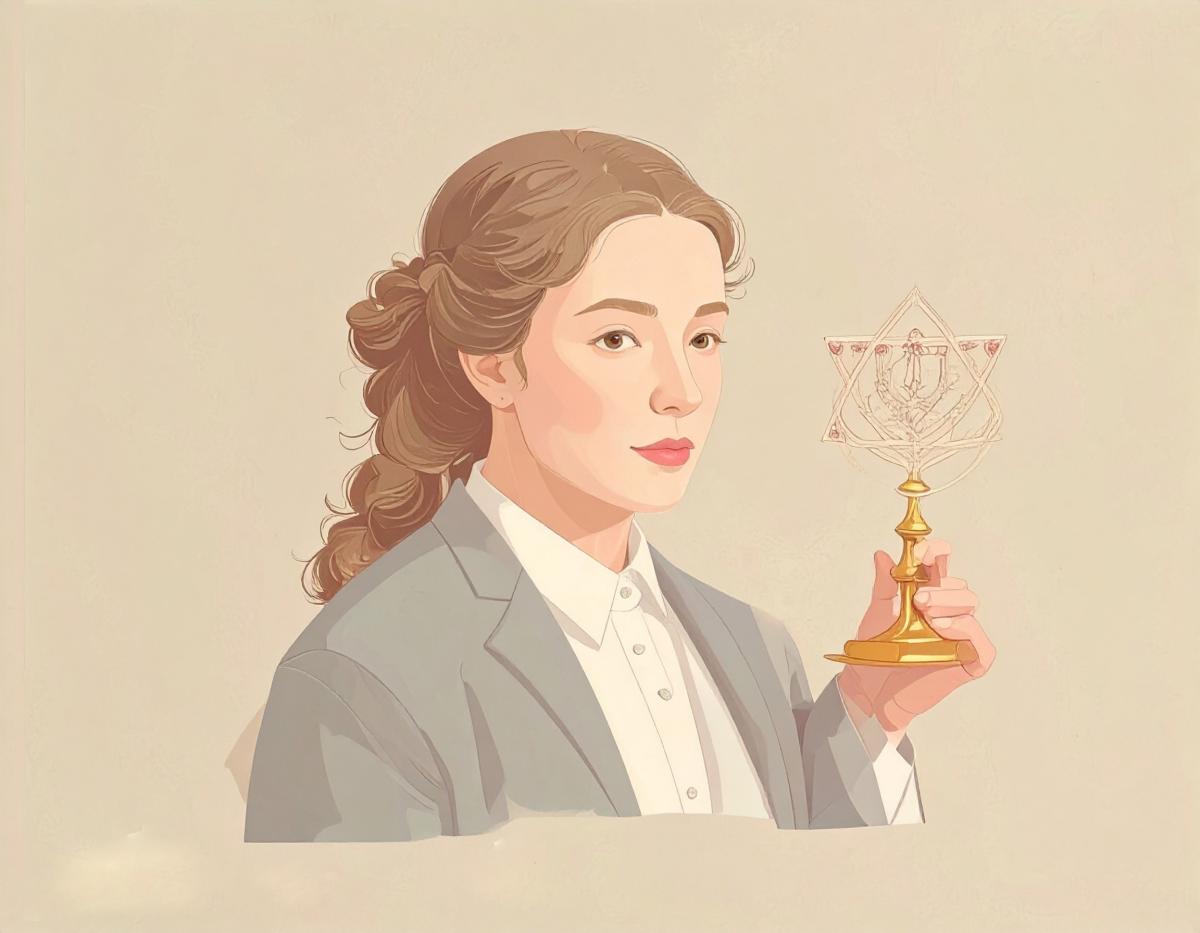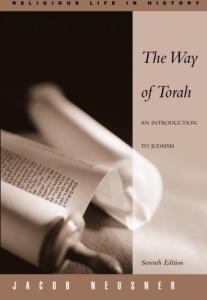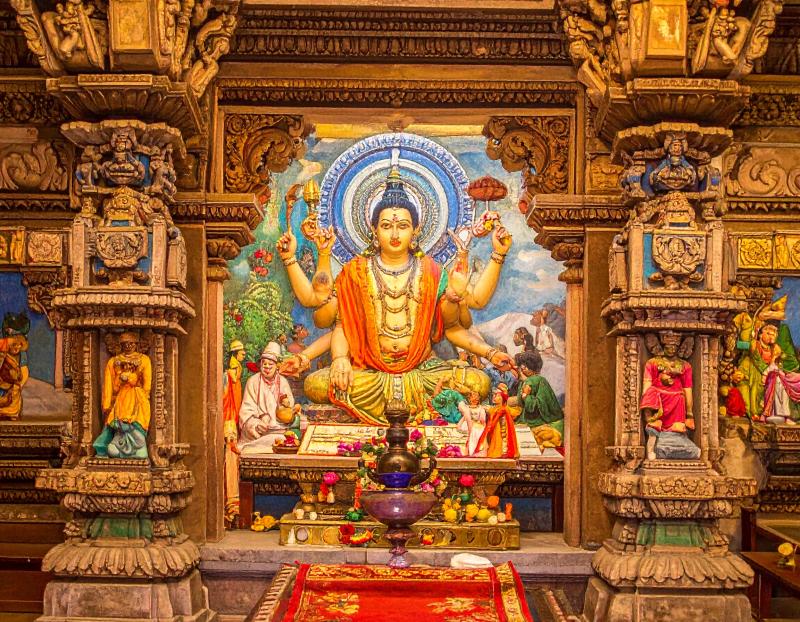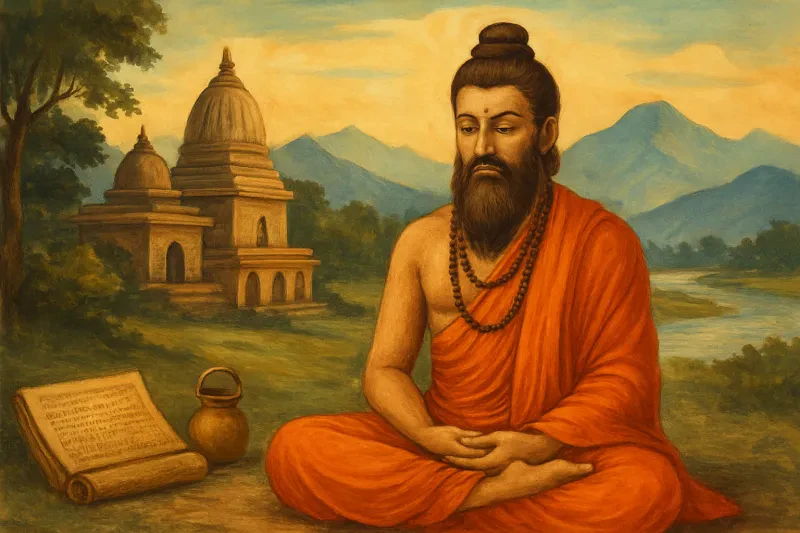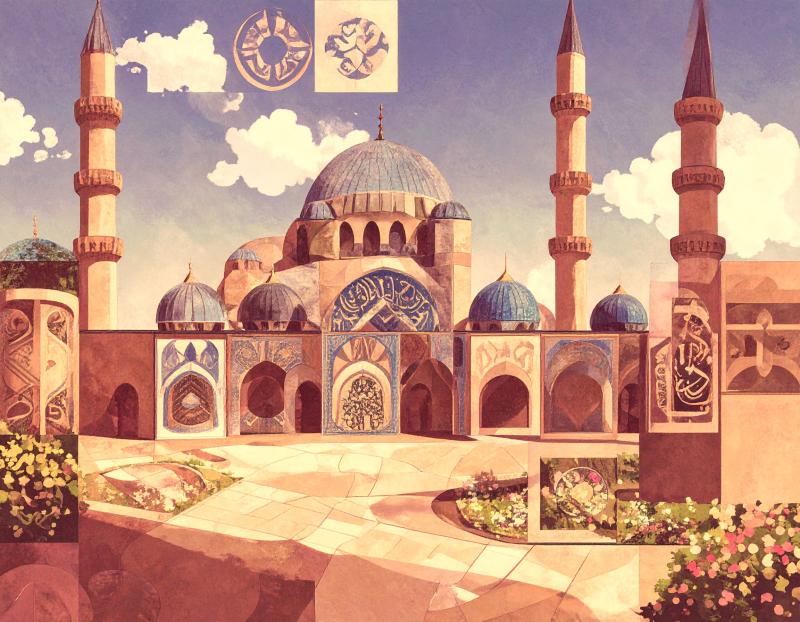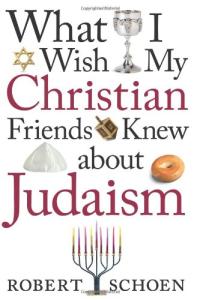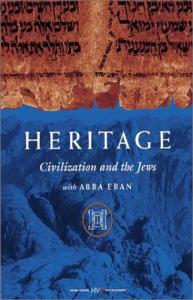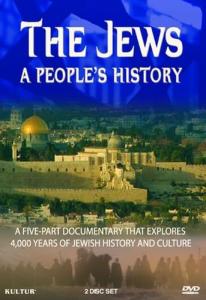Halakha (pronounced “ha-la-KHAH”) is a cornerstone of Judaism, but it’s a word you probably wouldn’t know if you’re not Jewish. The term itself is derived from the Hebrew root “halakh,” meaning “to walk” or “to go.” In general terms, Halakha refers to the collective body of Jewish law, tradition, and practice that governs the lives of observant Jews. To stop there with the definition would be to miss its richness, nuance, and timelessness. This article is meant to give you an approachable introduction to Halakha—what it is, where it comes from, and why it matters.
What is Halakha?
In essence, Halakha is the body of laws, customs, and traditions that have evolved over millennia to define Jewish religious and ethical life. It is occasionally referred to as “Jewish law,” but this is a misnomer. Halakha includes legal issues such as business ethics, dietary laws, and civil disputes. It encompasses ritual, prayer, holidays, and even mundane actions, such as how to greet your neighbor or treat strangers with kindness.
Halakha is prescriptive — it tells people what to do — but it is also descriptive, as it guides individuals on how to live a good, meaningful, and faithful life. For observant Jews, Halakha is not a set of rules, but a living path that organizes all aspects of life, from the mundane to the sacred.
Halakha’s Beginnings
Halakha’s roots run deep in Jewish history. At its base is the Torah—the initial five books of the Hebrew Bible (Genesis, Exodus, Leviticus, Numbers, and Deuteronomy)—with its combination of narrative and law. Encased within the Torah are 613 commandments, or “mitzvot,” spanning all manner of practices from the ritual to the ethical.
The Torah’s written text is just the start. Over the centuries, Jewish scholars and community leaders have developed rich oral traditions to interpret and expand upon these biblical laws. This oral tradition was ultimately codified in the Mishnah (c. 200 CE) and expanded into the Talmud (completed c. 500 CE). Together, they constitute the foundational texts of Rabbinic Judaism and are central sources of Jewish law, known as Halakha.
Beyond the Talmud, Halakha has evolved ever since, with legal codes (such as Maimonides’ Mishneh Torah and the Shulchan Aruch) and thousands of rabbinic rulings and interpretations adjusting the law to new times, locations, and conditions.
The Halakha System
Halakha is not one code, but rather a rich tapestry woven from various sources.
Written Torah (Pentateuch): The basis of all of Jewish law and tradition.
The vast interpretative teachings were transmitted orally and eventually committed to writing in the Mishnah and Talmud.
Later codes: systematic compilations of Halakha, like Maimonides’ Mishneh Torah (12th century) and Joseph Caro’s Shulchan Aruch (16th century)
Responsa Literature: Rabbis’ legal responsa to queries from communities around the world, about new problems as they emerged.
This design lets Halakha remain at once utterly ancient and responsive to the demands of each new generation.
What Does Halakha Cover?
Halakha is astonishingly detailed. It covers:
Religious Observance: Sabbath (Shabbat) laws, holidays, dietary rules (kashrut), prayer, blessings, and rituals.
Life cycle events, including birth, circumcision, bar/bat mitzvah, marriage, divorce, death, and mourning, are very prominent in Judaism.
Business, workers, integrity, philanthropy (tzedakah), social justice.
Humility, tongue, respecting parents & elders, visiting the ill, and hospitality.
Although some aspects of Halakha are apparent to anyone familiar with Judaism, many other details of daily life are directed by Halakha in subtle and overt ways.
Halakha refers to the collective body of Jewish law, including biblical, Talmudic, and rabbinic laws. It governs various aspects of daily life, including ethics, rituals, and customs.
1. Sources of Halakha - The Torah: The primary source of Jewish law. - The Talmud: A central text that interprets the Torah. - Rabbinic Decisions: Later rulings by rabbinic authorities.
2. Application of Halakha - Personal Conduct: Guidelines for ethical behavior. - Ritual Practices: Laws governing religious observances. - Community Standards: Norms that shape community life.
3. Adaptation of Halakha - Modern Interpretations: How contemporary issues are addressed. - Variations Among Communities: Differences in practice across Jewish sects. Halakha plays a vital role in shaping the identity and practices of Jewish life.
In practice, Halakha is read and applied by rabbis—scholars and religious leaders—who pore over the texts and their commentaries. When presented with a new question or situation, rabbis search for precedents, consult relevant texts, and confer with other authorities.
One of the defining characteristics of Halakha is this never-ending discussion and debate. Jewish legal authorities often dispute, creating splits upon splits. This diversity is echoed in the multiple streams of Judaism today. Orthodox, Conservative, Reform, and so on, each of which treats Halakha differently.
Why Does Halakha Matter?
For Jews, Halakha is the center of their religion. By its precepts, they connect to God, to the Jewish people, and, in general, to a millennia-old tradition. Observing Halakha gives daily life structure, meaning, and a sense of purpose, converting mundane actions into moments for spiritual development and moral growth.
Halakha is a communal glue, generating a communal beat of living through shared rites and beliefs. By observing the Sabbath, holidays, and lifecycle events, Jews everywhere engage in a living tradition that connects them to one another and to their ancestors.
Halakha at the Grassroots
To appreciate how Halakha permeates, here’s a sample day in the life of an observant Jew.
Morning: Get up with the ritual hand-washing and prayers. Upon arising, one blesses God for life’s boon.
Work/Study: business ethics, possible time for Torah study. It upholds principles of truthfulness, equity, and dignity in all its dealings.
Afternoon: Extra prayers dot the day. Lunch complies with dietary laws, and care not to mix meat and dairy, a hallmark of kashrut.
Evening: The day ends with evening prayers and, before bed, a prayer for safety and tranquility.
On the rest of the week, on the Sabbath and holidays, other rituals and prohibitions add layers of meaning and rest to the week.
Discussion, Transformation, and Permanence
Halakha is not frozen. Throughout the centuries, it has evolved into new contexts—from ancient Israel to medieval Europe to the present day. Inquiries on technology, medicine, and social change ignited new Halakhic debates. For instance, rabbis weigh in on the use of electricity on Shabbat, organ donation, and the ethics of business and government.
Even in Orthodox communities, where tradition is staunchest, Halakha shifts with meticulous interpretation. Among more liberal Jews, some of Halakha was observed selectively or symbolically, mirroring shifting values and beliefs.
The Way of Torah: An Introduction to Judaism
by Jacob Neusner
Product information
Product Review Score
4.72 out of 5 stars
21 reviews